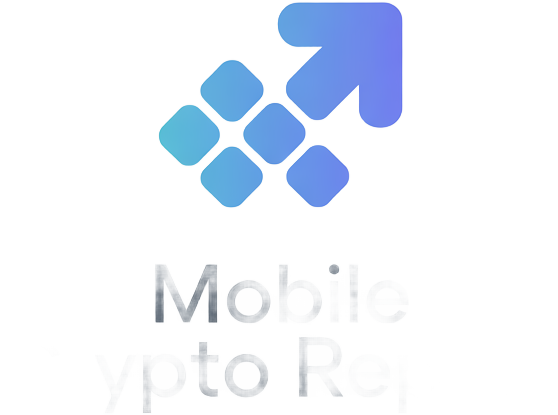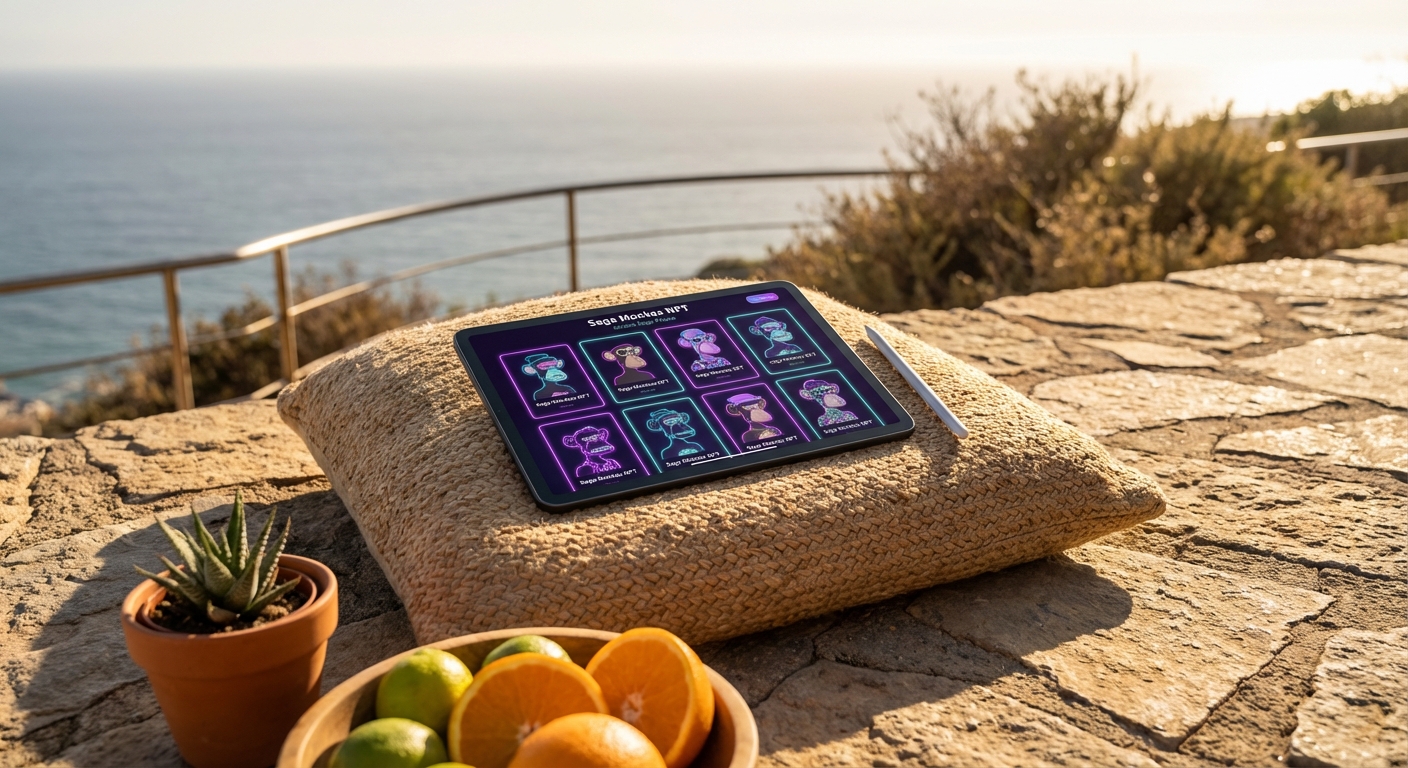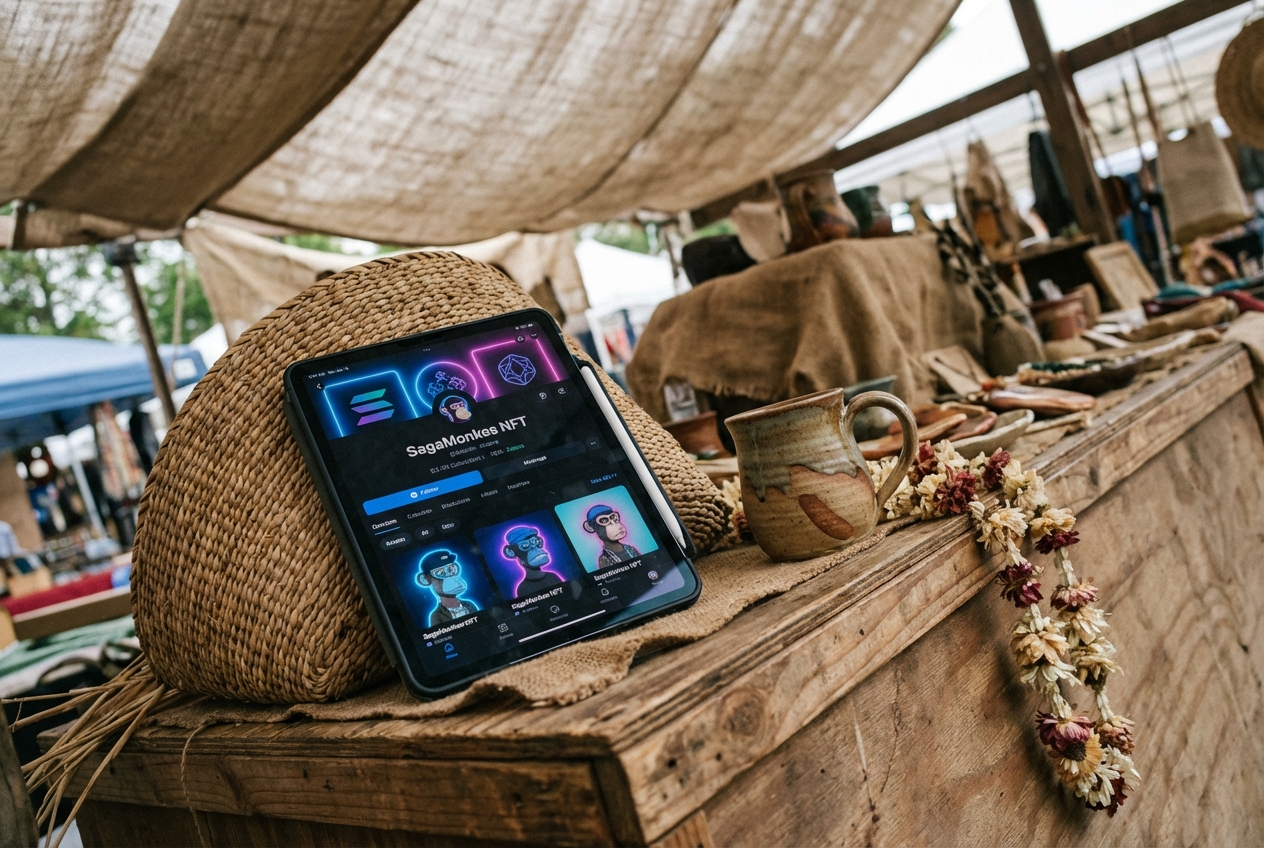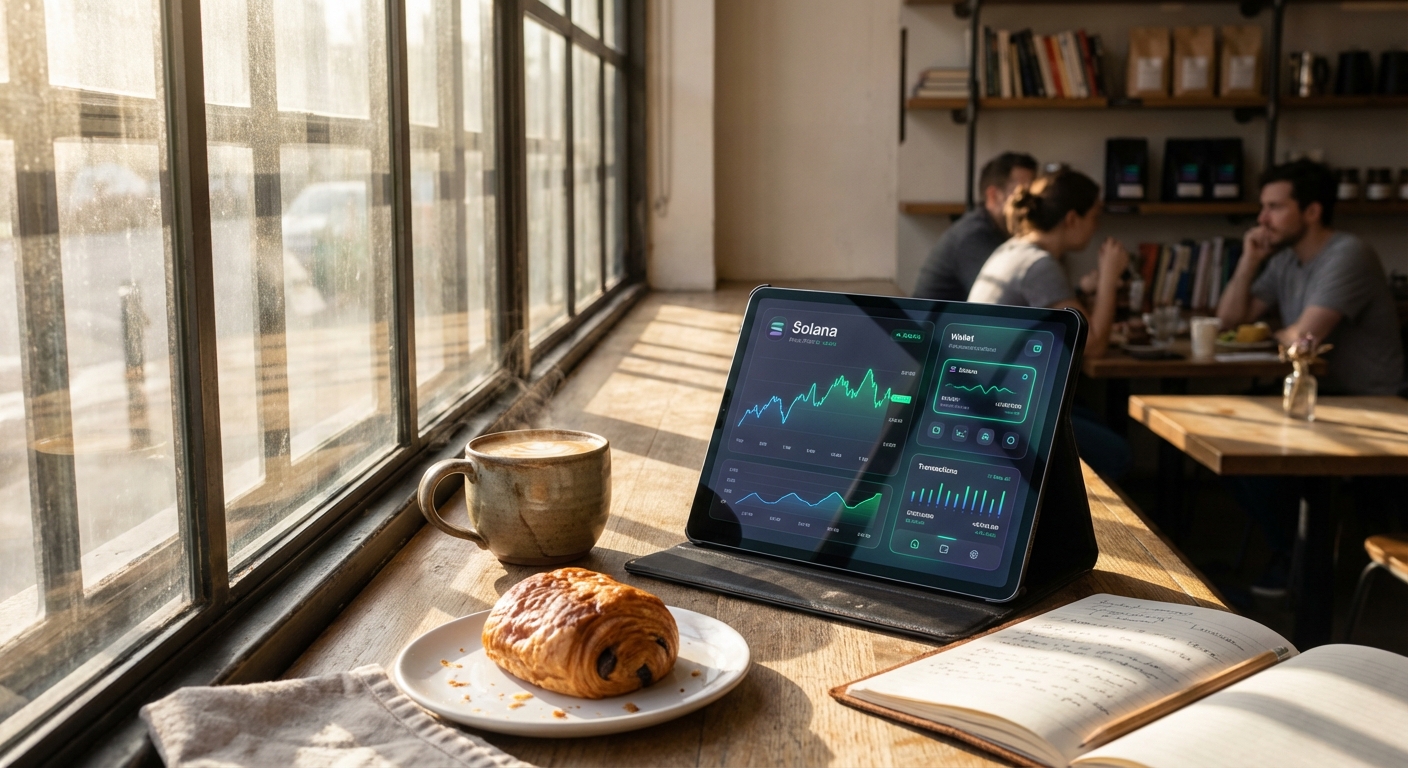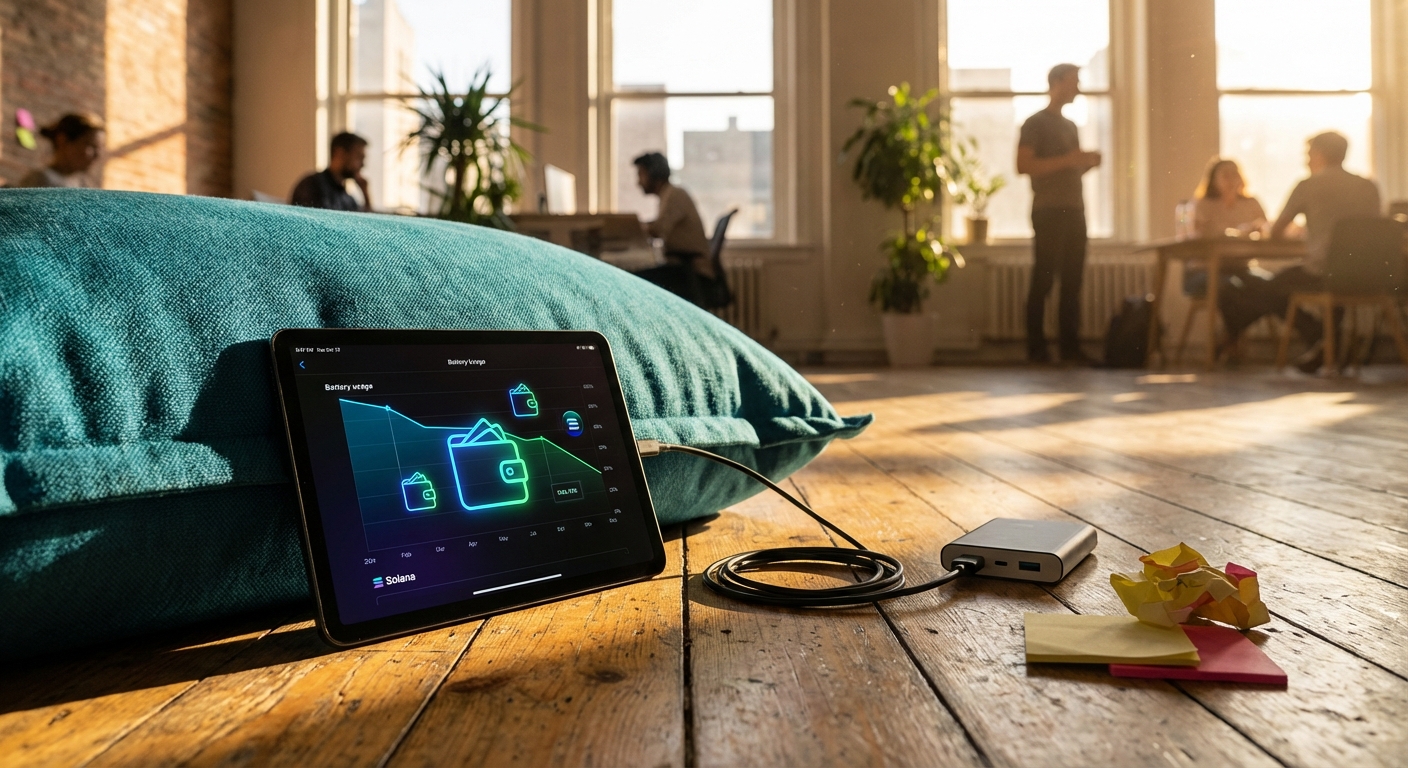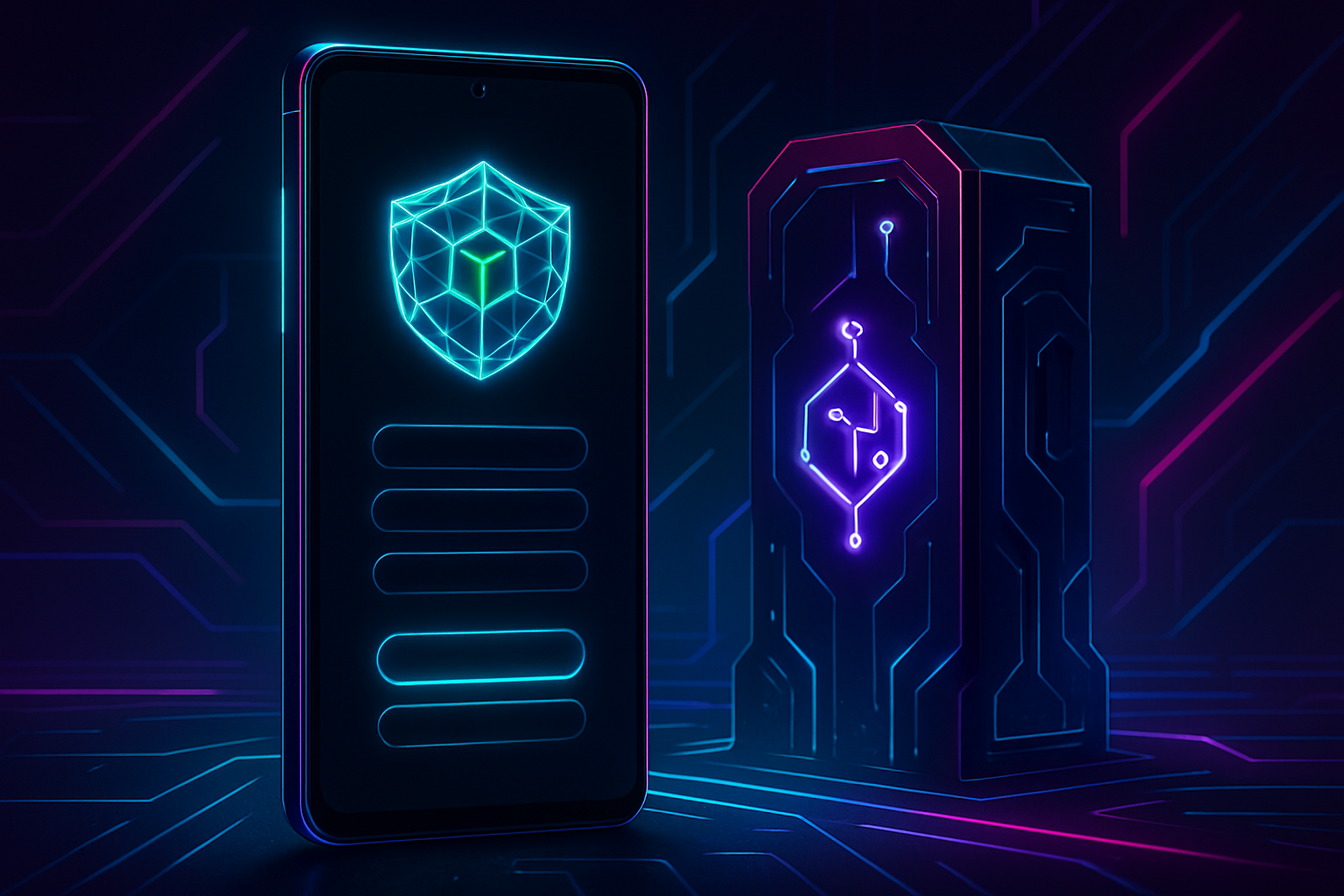
Running a decentralized node on your Solana Saga phone is no longer just for the technically adventurous. Thanks to the rapid evolution of DePIN (Decentralized Physical Infrastructure Network) applications and Solana’s robust mobile ecosystem, anyone with a Saga device can now contribute to decentralized networks and potentially earn rewards directly from their smartphone. This guide will walk you through the essentials of setting up a DePIN node on your Solana Saga, leveraging CoralOS and the integrated Seed Vault for maximum security.

Why Run a DePIN Node on Your Solana Saga?
The concept of DePIN is reshaping how we think about infrastructure. Instead of relying on centralized entities, DePIN empowers individuals to share computing power, storage, or connectivity in exchange for crypto incentives. With Solana’s high-speed blockchain and the secure hardware of the Saga, your phone becomes more than just a communication device – it transforms into an income-generating asset.
Recent launches like Raiinmaker’s AI-powered app on Solana Mobile highlight how users can train models and run nodes from their pocket. The latest upgrade even lets Saga owners convert their devices into decentralized storage nodes, according to Cryptonews. net, unlocking passive income streams by leveraging unused resources.
Step-by-Step: Setting Up Your Mobile Crypto Node
Before diving in, make sure your device is fully charged and connected to a stable WiFi network. The process requires careful attention to security as you’ll be managing private keys and interacting with blockchain-based apps.
1. Secure Your Foundation: Set Up the Seed Vault
The Seed Vault is at the heart of Solana Saga’s security model. It stores private keys in an isolated enclave, safeguarding your assets against malware or unauthorized access. To get started:
- Navigate to Settings and gt; Seed Vault.
- Create a new wallet: Choose ‘Add a new seed phrase’ and follow prompts to generate your 24-word recovery phrase.
- Write down your seed phrase offline. Never store this digitally or share it online.
- Set a strong passcode: This adds another layer of protection should your device fall into the wrong hands.
If you need more detail on securing your wallet, see this practical walkthrough from Mobile Crypto Report: How to Set Up DeFi Wallets on the Solana Saga Phone: A Step-by-Step Guide.
2. Install a Compatible Wallet App
Your next move is installing a wallet that integrates seamlessly with both the Seed Vault and popular DePIN applications:
- Download from dApp Store: Open the Solana Mobile dApp Store and search for trusted wallets like Phantom or Solflare.
- Seed Vault integration: On first launch, select ‘Connect to Seed Vault’: this ensures all transactions are signed securely without exposing your private key.
- Authorize access: Follow prompts within the wallet app to complete integration with Seed Vault protection.
Why Crypto Users Prefer Mobile-First DePIN Nodes in 2025
-
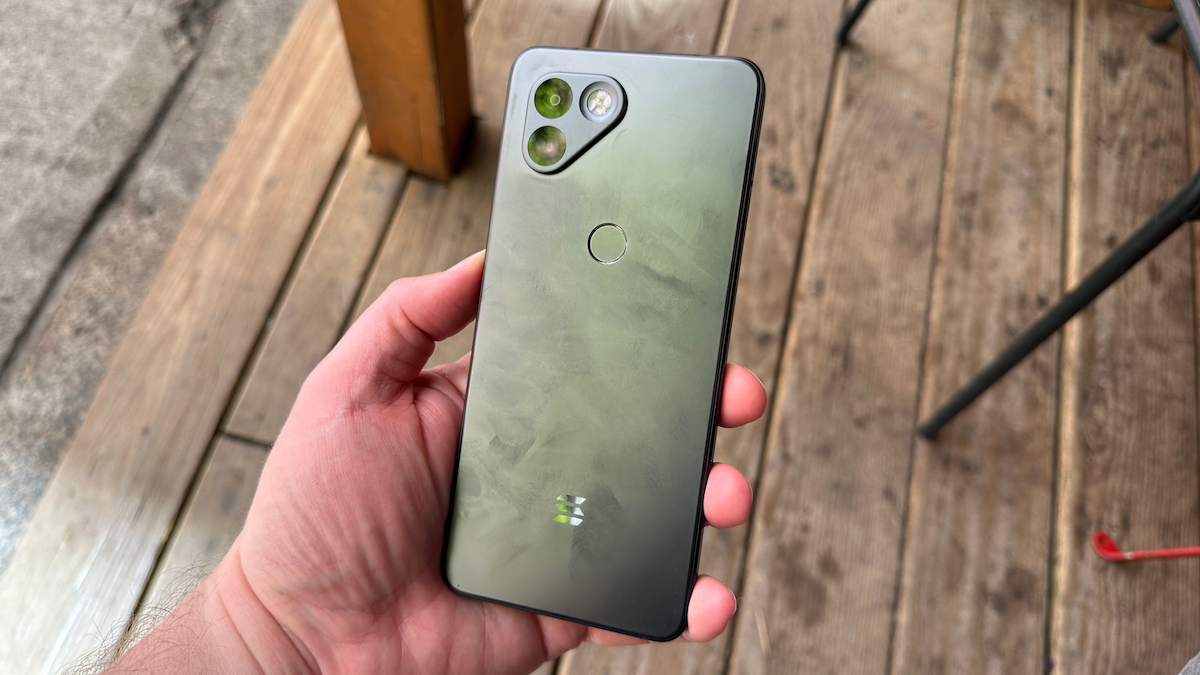
Seamless Integration with Solana Saga’s Web3 Features: The Solana Saga phone is purpose-built for Web3, offering native support for DePIN apps and secure key management via its Seed Vault, making node operation smooth and secure.
-

Earn Passive Income Directly from Your Device: With apps like Raiinmaker and decentralized storage solutions, users can run nodes and receive rewards for contributing compute, storage, or AI training power—without extra hardware.
-
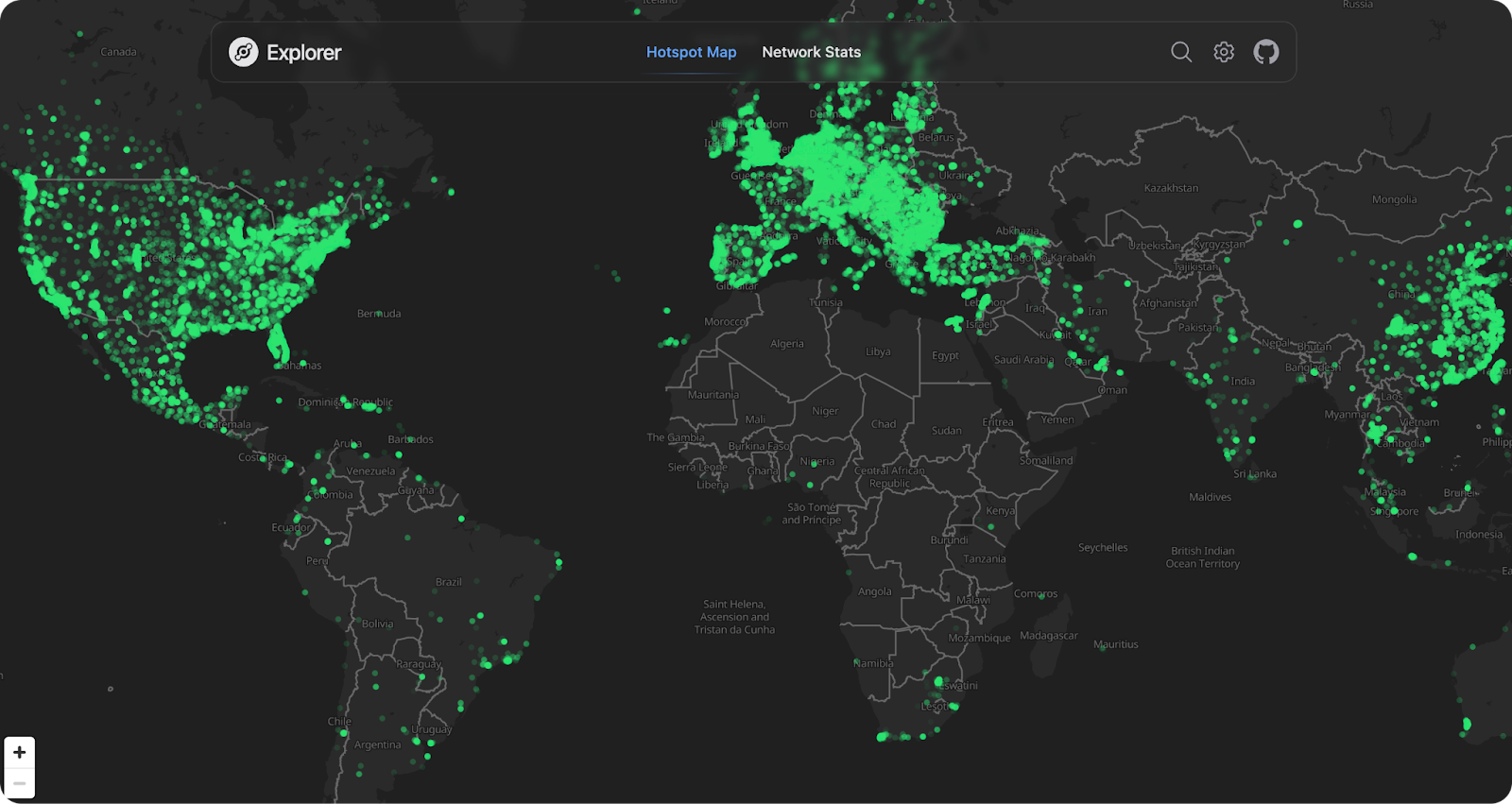
On-the-Go Node Management and Monitoring: Mobile-first DePIN nodes let users monitor performance, receive updates, and manage wallet connections directly from their phones, ensuring real-time control and flexibility.
-
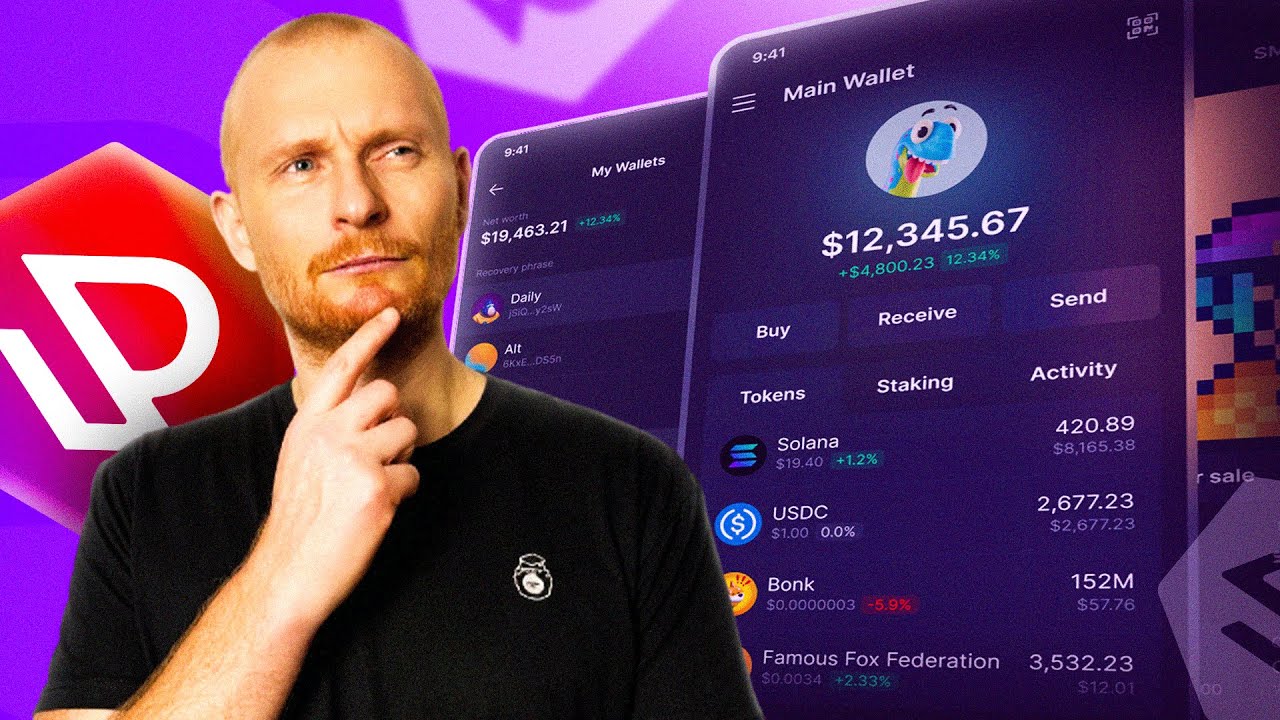
Lower Barriers to Entry for Decentralized Participation: Unlike traditional nodes that require technical setup and dedicated machines, mobile-first DePIN apps (like Solflare or Phantom wallets) simplify onboarding, making decentralized infrastructure accessible to a wider audience.
-
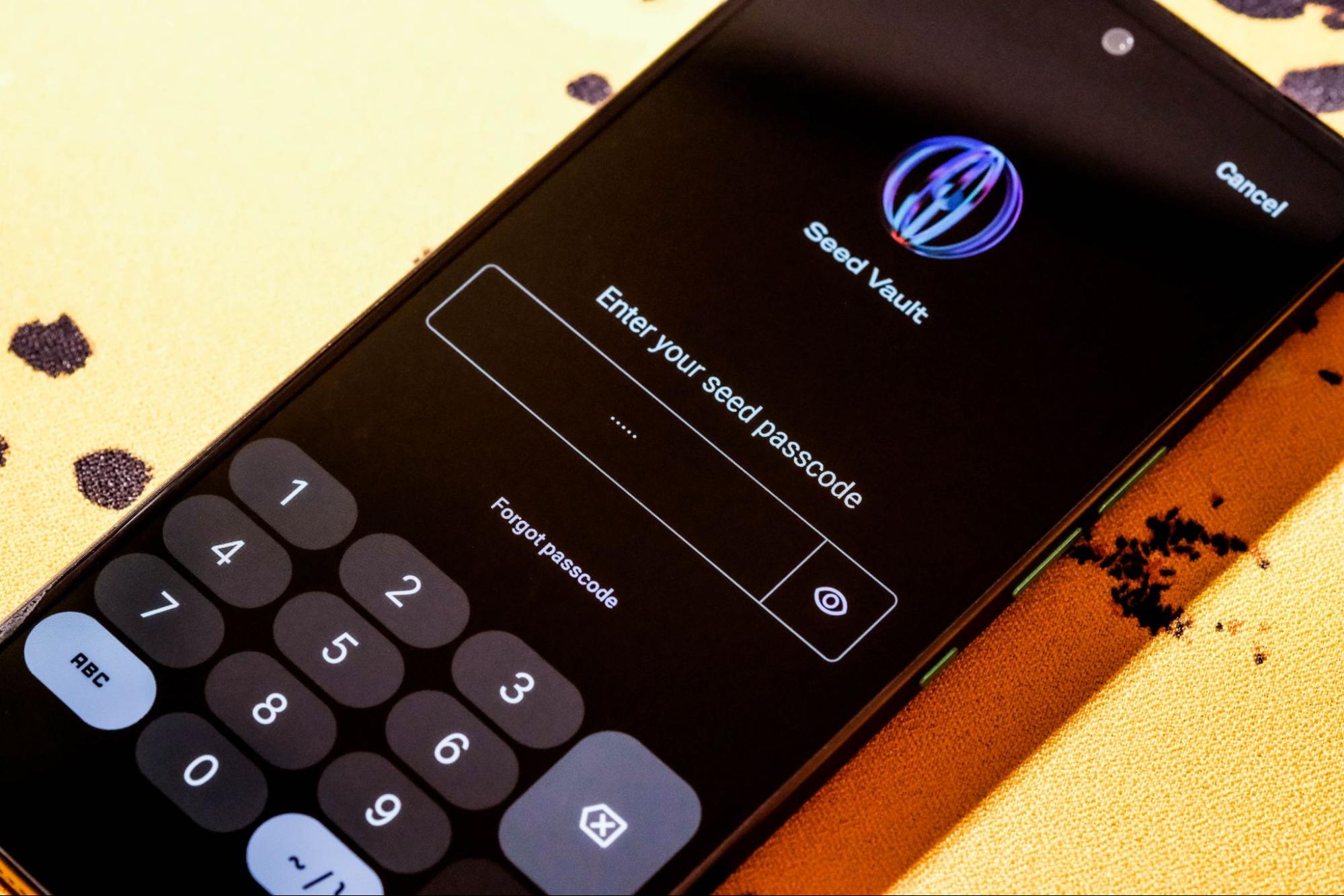
Enhanced Security Through Hardware-Based Key Storage: The Seed Vault on Solana Saga securely stores private keys in a hardware enclave, protecting user assets and node credentials from malware and phishing attacks.
-
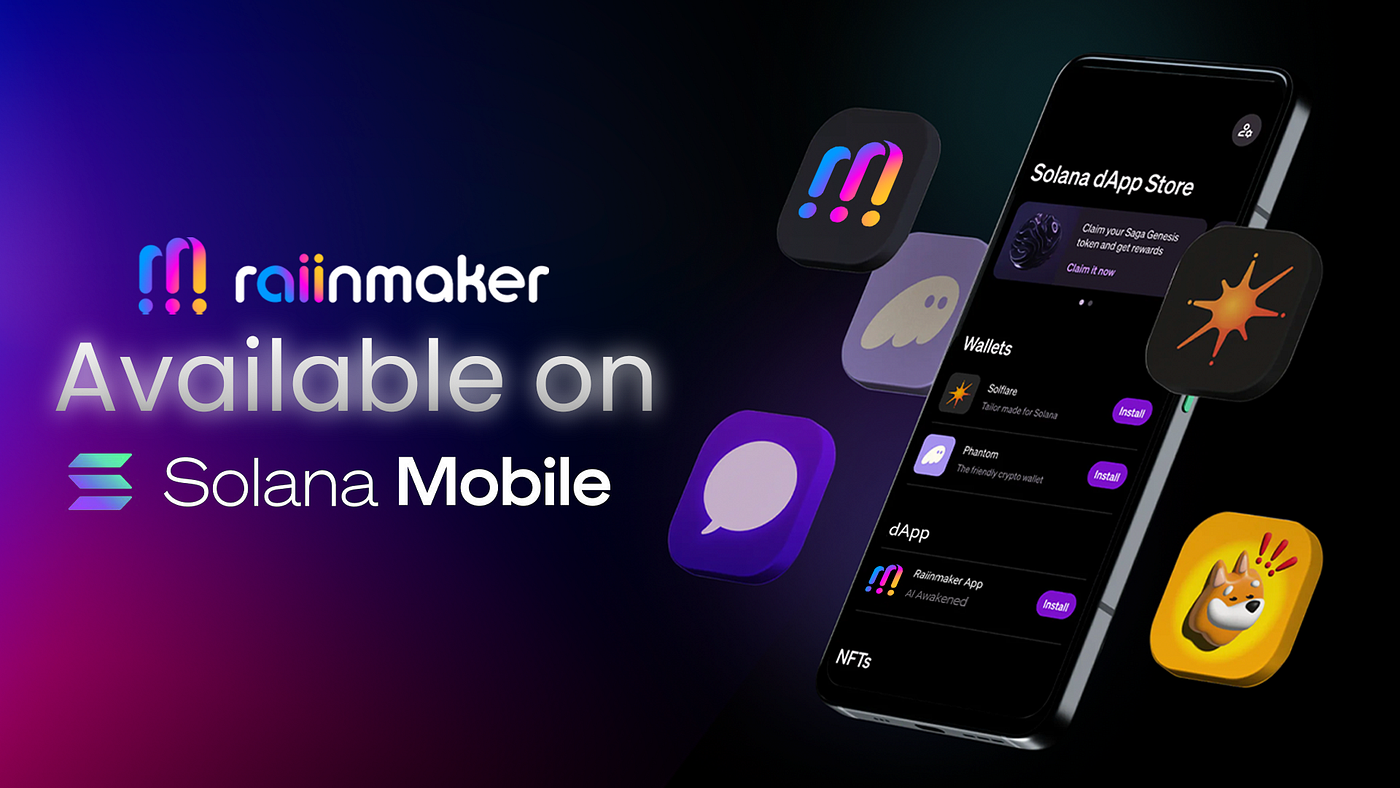
Expanding Ecosystem of DePIN Applications: The Solana Mobile dApp Store features a growing selection of DePIN apps, from decentralized AI (Raiinmaker) to health wearables (Pulse), enabling users to choose projects that match their interests and expertise.
Selecting and Installing Your First DePIN App
The final prerequisite before running your own node is picking an application that supports decentralized infrastructure participation. Popular choices include Raiinmaker (for AI content generation), Pulse (for health data), and others emerging in Solana’s vibrant dApp ecosystem.
- Dive into the dApp Store: Search for “DePIN” or specific project names like “Raiinmaker. ” For more details about Raiinmaker’s recent launch and capabilities, visit their announcement at Raiinmaker Launches DePIN App on Solana Mobile dApp. . .
- Select and install: Choose an app that matches your interests, whether it’s distributed compute, storage sharing, or another use case, and follow installation prompts.
You’re now ready to configure your first mobile crypto node! In part two of this guide, we’ll cover initial setup inside these apps and best practices for monitoring performance while maximizing rewards, all without compromising security or device usability.
Configuring and Running Your DePIN Node
With your DePIN app installed on the Solana Saga, it’s time to transform your device into a decentralized node. Each application will have its own onboarding process, but the fundamentals remain consistent across the Solana mobile ecosystem. Here’s what you should expect:
- Account creation: Launch the app and either sign in or create a new account. Most DePIN apps allow you to connect your Solana wallet directly through Seed Vault integration for seamless authentication.
- Node activation: Navigate to the section labeled “Run Node, ” “Start Earning, ” or similar. The app will prompt you to authorize access to hardware resources, CPU, storage, or network bandwidth, depending on the project’s requirements.
- Security check: Approve required permissions. Always review what data and resources are being accessed by the app before proceeding.
- Status confirmation: Once active, most apps display a dashboard showing uptime, resource contribution, and projected rewards in real time.
This process is designed with non-technical users in mind. If you’re familiar with running desktop nodes or mining software, you’ll appreciate how much complexity has been abstracted away by mobile-first DePIN projects on Solana Saga.
Monitoring Performance and Maximizing Rewards
After setup, it’s important to regularly check your node’s status and earnings within your chosen DePIN application. Many apps now offer push notifications for milestone achievements or if maintenance is required. Keep an eye out for these signals so you can react promptly and avoid missed rewards opportunities.
If you’re running a compute- or storage-heavy node (such as those offered by Raiinmaker or distributed storage projects), consider plugging your Saga phone into a charger during extended participation periods. This not only preserves battery life but also ensures uninterrupted service, a key factor in maximizing uptime-based earnings models.
Best Practices for Secure Mobile Node Operation
Your phone is now part of a decentralized infrastructure network, so treat it like an enterprise-grade asset. Here are some best practices that seasoned operators recommend:
- Keep firmware and apps updated: Outdated software can expose vulnerabilities. Enable automatic updates where possible.
- Avoid public WiFi when managing nodes: Use trusted networks to reduce risk of interception during sensitive operations like wallet management or node configuration.
- Monitor device health: High-intensity workloads can affect device temperature and longevity. Take breaks between long sessions if needed.
- Backup recovery phrases offline: Never store seed phrases in cloud services or emails, even encrypted ones.
The Future of Mobile-First DePIN Participation
The rise of mobile-first DePIN solutions on Solana is rapidly lowering barriers for everyday users to participate in, and benefit from, the decentralized economy. As more projects like Raiinmaker, Pulse, and others join the dApp Store lineup, opportunities to contribute compute power, storage, bandwidth, or even sensor data will multiply across use cases from AI training to health analytics.
This trend isn’t just about passive income, it’s about democratizing infrastructure ownership at global scale. By leveraging secure hardware features unique to devices like the Saga phone (including CoralOS and Seed Vault), users retain sovereignty over their keys while supporting resilient networks that challenge traditional centralized models.
Getting Involved: Community and Support
The Solana mobile community is active across forums and social channels, don’t hesitate to seek help if you encounter issues during setup or operation. Many projects host Discords or Telegrams where early adopters swap tips on optimizing uptime and troubleshooting quirks unique to mobile environments. For more technical deep-dives into specific node types supported by Saga phones, including detailed guides for advanced configurations, explore recent tutorials highlighted by Hivelocity and thought leadership pieces like Yash Agarwal’s analysis of the State of Solana DePIN 2024.
The path ahead looks promising for those who embrace this new paradigm early. With careful attention to security best practices, and an eye toward emerging dApps, you’ll be well positioned to earn meaningful rewards while shaping the next era of decentralized infrastructure from your pocket.
